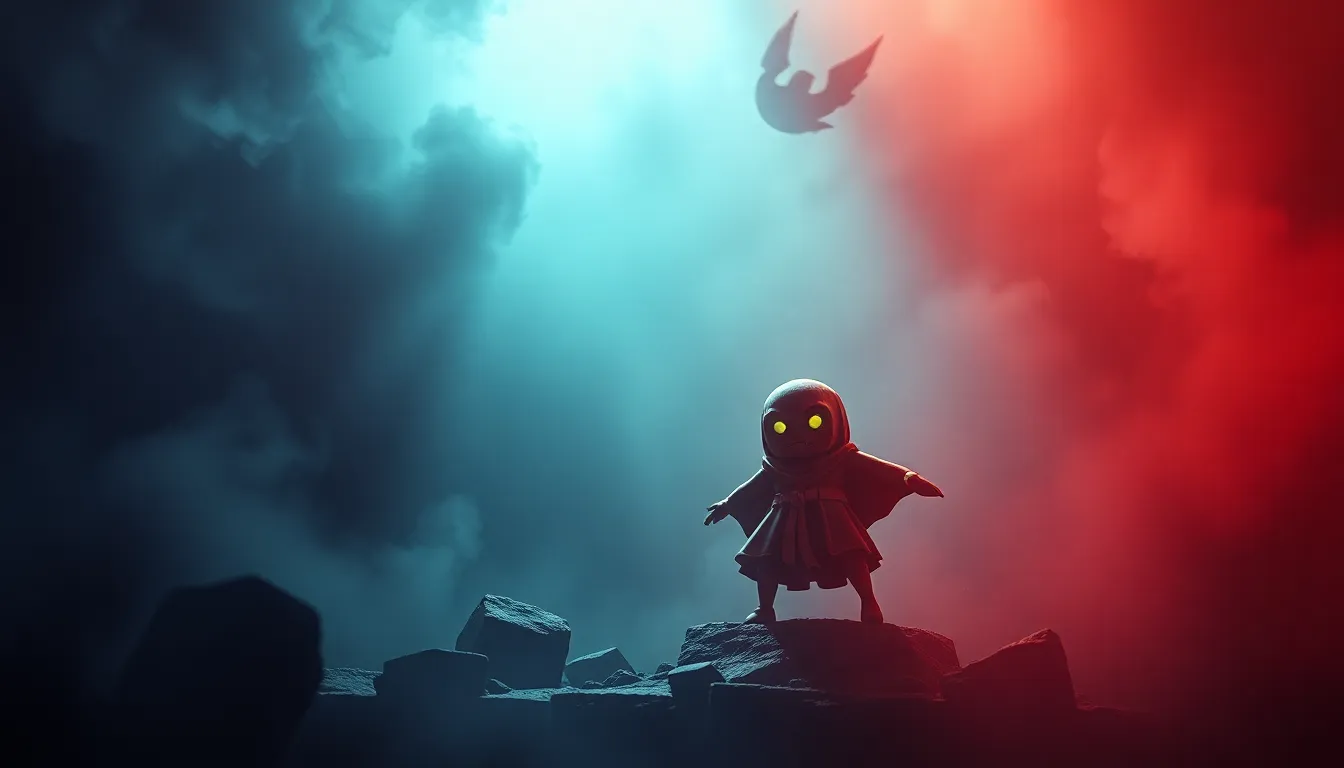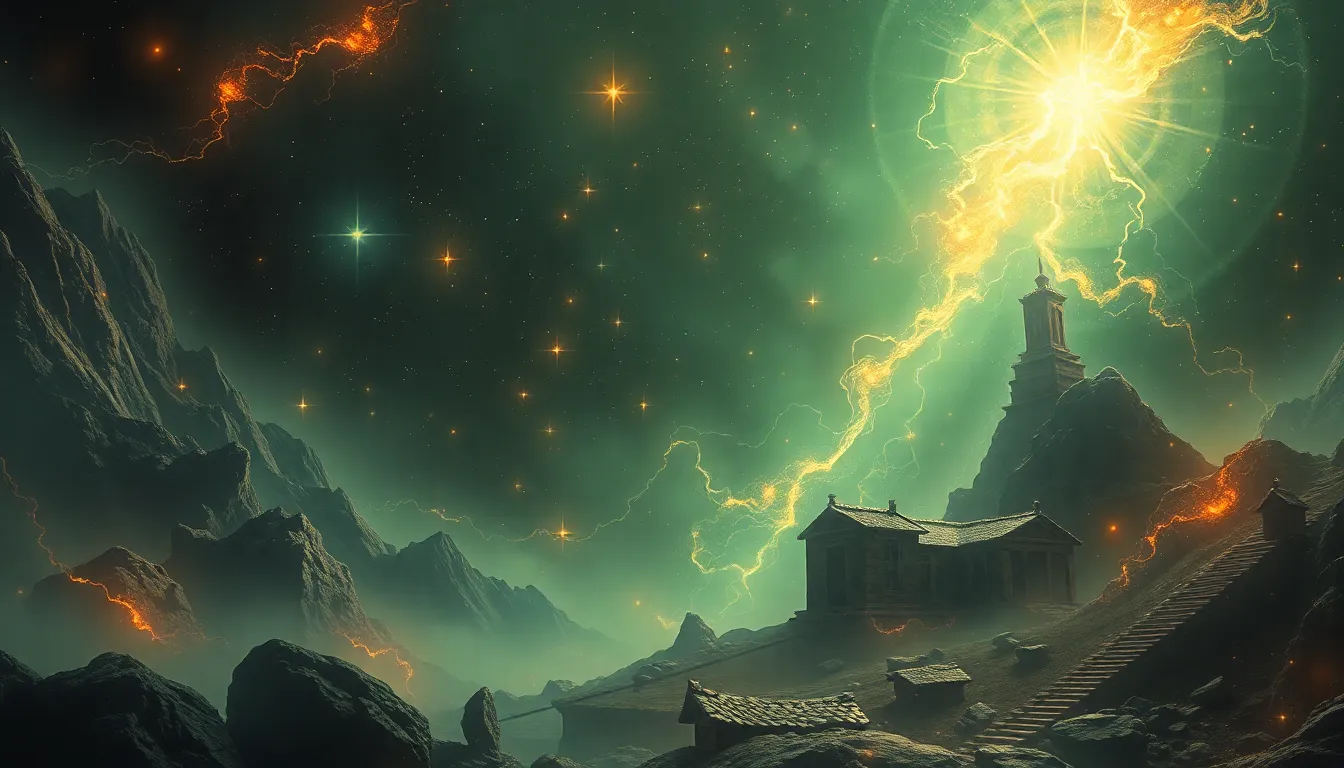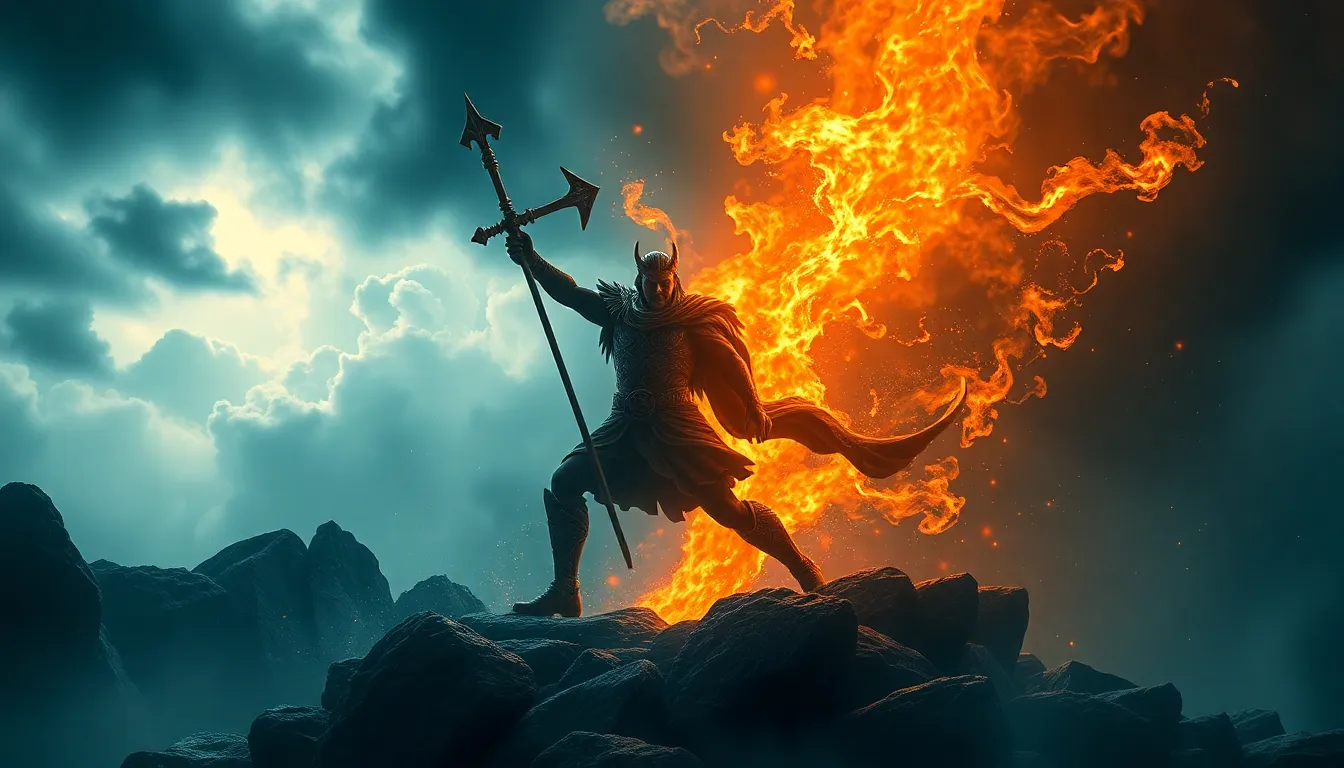From Shadows to Spotlight: The Rise of Cultural Hero Myths
I. Introduction to Cultural Hero Myths
Cultural hero myths are narratives that celebrate individuals who embody the values, struggles, and aspirations of a society. These figures often emerge in times of need, serving as symbols of hope and resilience. Their importance in society and culture cannot be overstated, as they provide a framework for understanding our collective journey and inspire future generations.
This article will explore the rise of cultural hero myths in contemporary culture, examining their historical context, psychological appeal, and the impact of modern media on their proliferation.
II. Historical Context of Hero Myths
Hero myths date back to ancient civilizations where figures such as Gilgamesh, Hercules, and Achilles embodied the ideals of their cultures. These heroes often faced formidable challenges and embarked on epic quests, reflecting the values and struggles of their time.
Over the centuries, hero myths have evolved, adapting to the changing social landscapes. Today, we see a blend of historical and modern hero figures, from traditional warriors and leaders to social activists and cultural icons.
A. Ancient Civilizations and Their Hero Myths
- Mesopotamia: Epic of Gilgamesh
- Greece: Heroes like Hercules and Theseus
- India: Figures such as Rama and Krishna from the Ramayana and Mahabharata
B. Evolution of Hero Myths Through the Ages
As societies evolved, so did their hero myths. From mythological figures in ancient texts to modern-day heroes in literature and film, the core traits of courage, sacrifice, and resilience remain constant. The evolution reflects the changing values and norms of society.
C. Comparison of Historical and Modern Hero Figures
While historical heroes often embodied ideals of bravery and physical strength, modern heroes are more diverse. They may include activists, scientists, and everyday individuals who challenge the status quo and advocate for change.
III. The Psychological Appeal of Hero Myths
Hero myths resonate deeply with the human psyche, fulfilling essential psychological needs. They serve as archetypes in storytelling, representing the struggle between good and evil, hope and despair.
A. The Role of Archetypes in Storytelling
Archetypes, as defined by Carl Jung, are universal symbols and themes that recur throughout literature and mythology. Heroes often embody the hero’s journey, facing trials that ultimately lead to personal growth.
B. Psychological Needs Fulfilled by Hero Myths
Hero myths fulfill various psychological needs, such as:
- Hope: Heroes inspire belief in a better future.
- Identity: Individuals often identify with heroes, seeing reflections of their struggles.
- Belonging: Hero narratives can create a sense of community and shared values.
C. The Impact of Hero Myths on Identity and Belonging
By embodying the qualities that society values, heroes help individuals cultivate their identities. They serve as role models, influencing personal beliefs and actions.
IV. Media and Technology: Amplifying Hero Narratives
The advent of social media and digital platforms has revolutionized the way hero narratives are shared and consumed. Today, heroes can rise to prominence overnight, driven by viral moments and online movements.
A. The Role of Social Media in Shaping Hero Narratives
Social media platforms enable grassroots movements and provide a space for marginalized voices. Activists can gain recognition and support quickly, amplifying their hero status.
B. Case Studies of Viral Cultural Heroes
Some notable examples include:
- Greta Thunberg: A young climate activist whose words and actions have mobilized millions.
- Malala Yousafzai: An advocate for girls’ education who survived an assassination attempt.
C. The Influence of Film and Television on Modern Hero Myths
Film and television have created and reshaped hero narratives, providing diverse representations of heroism that resonate with contemporary audiences. Superheroes, anti-heroes, and real-life figures are all explored in ways that challenge traditional notions of heroism.
V. Cultural Heroes Across Different Societies
Cultural heroes vary significantly across different societies, shaped by unique historical, social, and cultural contexts.
A. Examination of Diverse Cultural Heroes Globally
From Nelson Mandela in South Africa to Rosa Parks in the United States, cultural heroes emerge from struggles that resonate with the collective identity of their people.
B. Impact of Cultural Context on the Perception of Heroes
Each society’s values and challenges shape the heroes they celebrate. For example, in some cultures, heroes may be warriors, while in others, they may be peacekeepers or visionaries.
C. The Role of Marginalized Voices in Creating New Hero Myths
Marginalized communities are increasingly creating and sharing their own hero myths, challenging dominant narratives and showcasing the experiences of those often overlooked.
VI. The Rise of Anti-Heroes in Contemporary Culture
Contemporary culture has seen a significant rise in anti-heroes—characters who defy traditional heroic traits and embody complexity and moral ambiguity.
A. Definition and Characteristics of Anti-Heroes
Anti-heroes are often flawed, morally ambiguous characters who struggle with internal conflicts. They may possess redeeming qualities but are not traditionally heroic.
B. The Shift from Traditional Heroes to Complex Characters
This shift reflects a desire for realism in storytelling, as audiences relate more to flawed characters who navigate real-life dilemmas.
C. Cultural Implications of Embracing Anti-Hero Narratives
The rise of anti-heroes suggests a cultural shift towards understanding that heroism is not black and white but rather a spectrum of human experience.
VII. The Role of Activism in Hero Myth Creation
Social movements play a critical role in the creation of modern heroes, as activists rise to prominence through their dedication to causes.
A. How Social Movements Give Rise to Modern Heroes
Movements like Black Lives Matter and the Women’s Rights Movement have created heroes out of activists who embody the struggle for justice and equality.
B. Case Studies of Activists Who Have Become Cultural Icons
Examples include:
- Angela Davis: A civil rights activist and scholar.
- Emma González: A gun control advocate and survivor of the Parkland shooting.
C. The Balance Between Mythologizing and Reality in Activism
While it is essential to celebrate these figures, it is equally important to acknowledge their complexities and the collective efforts behind movements.
VIII. Critiques and Controversies Surrounding Hero Myths
Despite their appeal, hero myths can also be problematic, raising important critiques and controversies.
A. The Dangers of Idolizing Flawed Individuals
Idolization can lead to unrealistic expectations and disillusionment when heroes falter or are revealed to be flawed individuals.
B. The Impact of Cultural Appropriation on Hero Narratives
Cultural appropriation can distort the stories of marginalized heroes, leading to a commodification that strips their narratives of authenticity.
C. The Challenge of Maintaining Authenticity in Hero Myths
As narratives evolve, maintaining authenticity while appealing to contemporary audiences poses a challenge for cultural heroes.
IX. Future Trends in Cultural Hero Myths
Looking ahead, the evolution of hero narratives will continue to be shaped by technology, social movements, and global challenges.
A. Predictions for the Evolution of Hero Narratives



